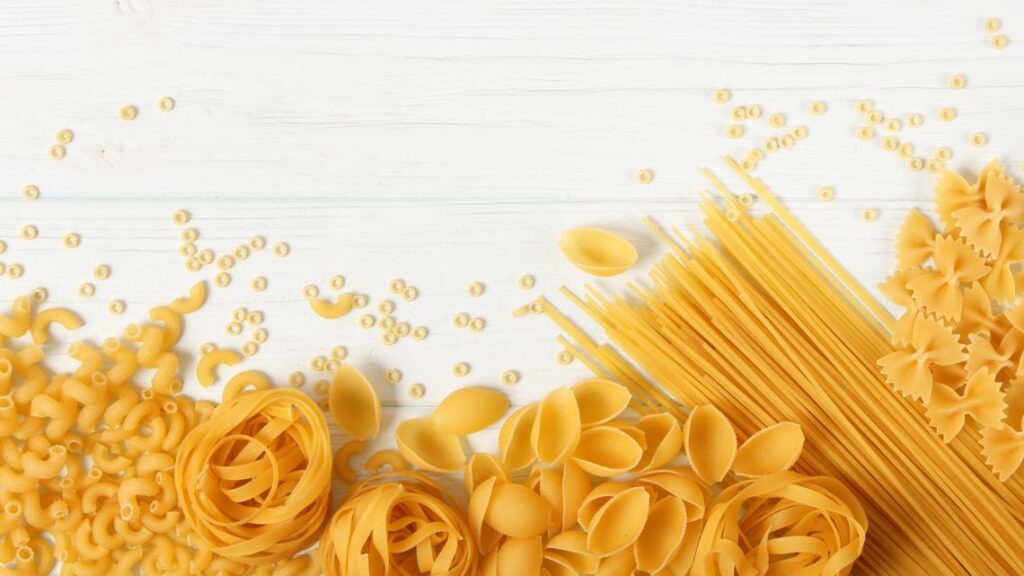If the tariffs go into effect as planned, popular pasta brands could disappear entirely from grocery store shelves, or see massive price hikes.
WASHINGTON — Spaghetti night may have to go on hold for a while.
Punishing 107% tariffs on foreign pasta, threatened by the White House, could dramatically increase the cost of popular pasta brands or force them off of store shelves entirely as early as January.
The tariffs, which would be the highest single-product taxes levied by the White House this year if enacted, are a mix of two separate fees: A 15% tariff on all goods from the European Union and a separate 92% tariff on Italian pasta over accusations the manufacturers have undercut American competitors.
Multiple outlets, including the Wall Street Journal, have reported that President Donald Trump is considering levying the new fines soon.
Where are the tariffs coming from?
The original 15% tariffs are part of a broad strategy of taxes placed on numerous allies and business partners overseas, which has become a trademark of Trump’s second term.
The massive 92% tariffs are a bit more complicated.
In August 2024, the U.S. Department of Commerce launched an investigation into Italian pasta manufacturers after complaints from two U.S. companies, 8th Avenue Food & Provisions and Winland Foods. The companies alleged that a number of Italian pasta producers were “dumping” their pasta into U.S. markets, essentially exporting large amounts to the U.S. in order to lower prices and drive out competition.
A preliminary report from the Commerce Department released in September found that 13 Italian pasta producers were engaging in dumping, and proposed a 91.74% tariff on them.
The taxes were proposed based on a review of two of the companies, La Molisana and Pasta Garofalo, which the Commerce Department said were representative of the group. U.S. officials said in the preliminary report that both companies failed to provide requested documents, prompting a blanket tariff on all 13 companies.
The New York Post reports that both La Molisana and Pasta Garofalo deny the allegations that they were uncooperative, saying the process was mishandled by the Trump administration.
If those tariffs go into effect as scheduled in January, they will likely cause pasta prices to skyrocket almost immediately.
What pasta brands would be affected?
The 13 affected Italian brands the Commerce Department is targeting include a number of popular grocery store staples. Here is a full list:
La MolisanaPasta GarofaloRummoAgritaliaAldinoAntiche Tradizioni Di GragnanoItalian-made Barilla (not including Barilla pasta made in the U.S.)Gruppo MiloPastificio Artigiano Cav. Giuseppe CoccoPastificio ChiavennaPastificio LiguoriPastificio SgambaroPastificio Tamma
Rummo USA’s chief commercial officer, Jim Donnelly, told the New York Post that prices would likely increase, but wouldn’t be passed entirely on to customers. He warned that prices would likely jump from $3.99 to $7.99 per package if the tariffs go through.


Dining and Cooking